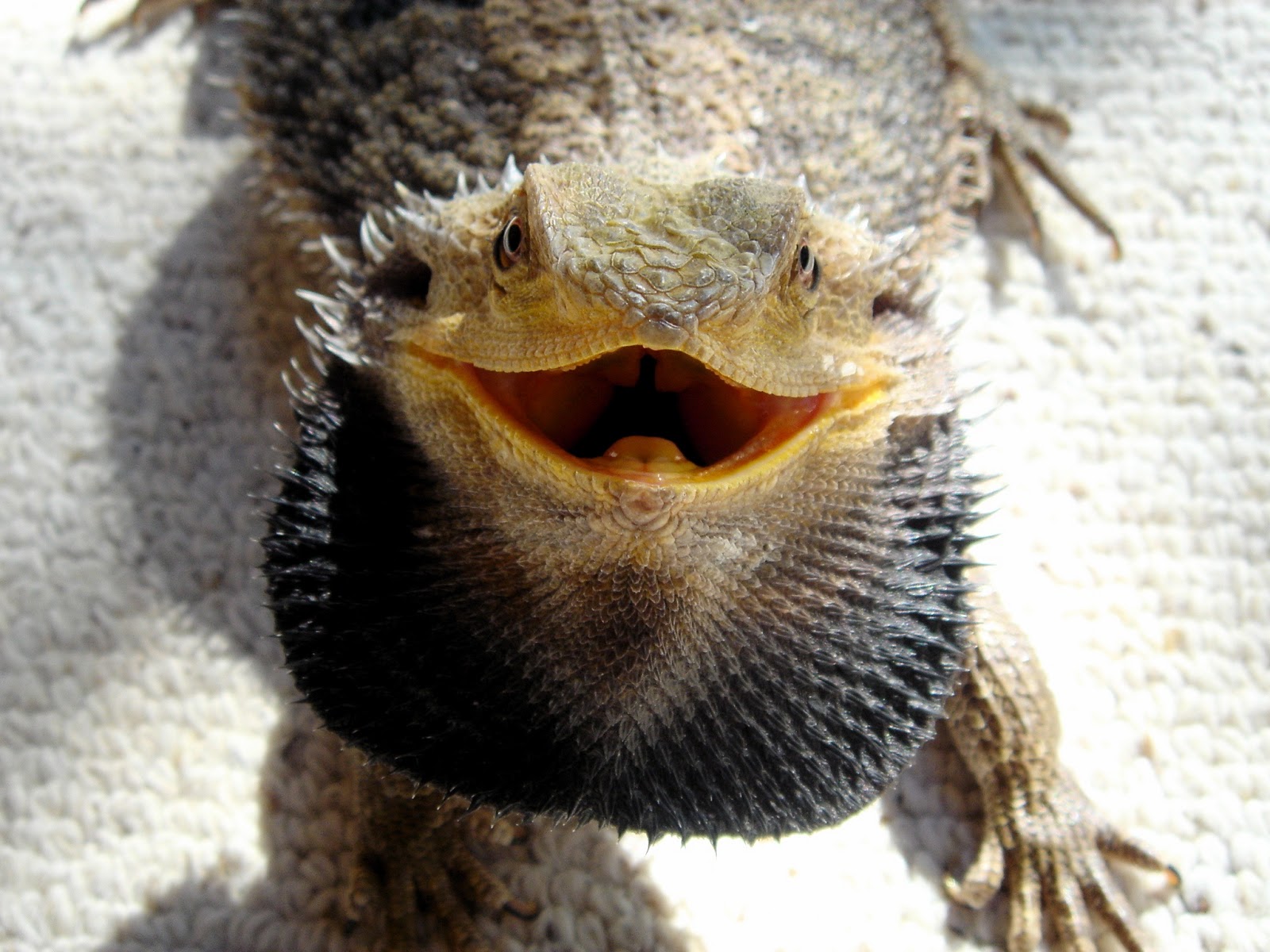Bearded Dragon Humidity at Night: Understanding the Optimal Level and How to Achieve It
Introduction
Bearded dragons are popular pets due to their friendly demeanor and relatively low maintenance requirements. However, providing the right environment for them to thrive is crucial for their health and well-being. One essential aspect of bearded dragon care is managing the humidity levels in their habitat, especially at night, as it can impact their overall health and behavior.
What is the Ideal Humidity Level for Bearded Dragons?
In the wild, bearded dragons inhabit a hot and arid climate, which means they are naturally adapted to low humidity levels. As such, their ideal humidity range in captivity is between 30%-40% during the day, with a slight increase of up to 50% at night, mimicking the natural temperature drop in their habitat.

However, it’s important to note that each bearded dragon may have different humidity requirements depending on their age, health, and habitat setup. For example, younger bearded dragons (under six months old) will require slightly higher humidity levels to aid in shedding, while older bearded dragons may have respiratory issues if exposed to high humidity for extended periods.
How to Measure the Humidity Levels in Your Bearded Dragon’s Habitat
To ensure that your bearded dragon is living in a suitable environment, you need to regularly monitor the humidity levels. You can do this with a hygrometer, a device that measures the relative humidity in the air. Hygrometers are widely available at pet stores, and some even come with built-in temperature gauges, which is especially important for bearded dragons as they require a basking spot temperature of around 100°F (38°C).
How to Increase or Decrease the Humidity Levels in Your Bearded Dragon’s Habitat
Maintaining the right humidity level for your bearded dragon can be a balancing act. If the humidity is too low, it can lead to dehydration and ineffective shedding, while high humidity can result in respiratory problems and scale rot. Here are some effective ways to increase or decrease the humidity levels in your bearded dragon’s habitat:
Increasing Humidity Levels
- Add a shallow water dish to the enclosure. This provides a source of moisture that your bearded dragon can use to regulate its own humidity levels.
- Mist the enclosure with a spray bottle. This allows you to manually increase humidity quickly and efficiently. However, be sure not to mist too often or excessively, as it can lead to respiratory problems and flood the enclosure’s substrate.
- Use a humidifier. You can use a small humidifier near the enclosure to increase the surrounding air’s humidity levels.
- Increase the size of the water dish. A bigger water dish means more surface area for evaporation, which can increase the humidity levels.
Decreasing Humidity Levels
- Improve ventilation. Increasing airflow and ventilation in the enclosure can help decrease humidity levels. You can do this by adding more ventilation holes or a larger screen top.
- Increase the temperature. Higher temperatures generally result in lower humidity levels, as warmer air can hold more moisture.
- Use a dehumidifier. If you live in a naturally humid climate or struggle to maintain safe humidity levels, you can use a dehumidifier to reduce overall moisture levels in the air.
- Use a heat lamp with a lower wattage bulb. A lower wattage bulb can create enough heat for your bearded dragon while also reducing humidity levels.
Conclusion
Maintaining optimal humidity levels in your bearded dragon’s habitat is essential for their overall health and well-being. By monitoring the humidity levels, providing a suitable environment, and using effective methods to adjust the levels when necessary, you can ensure that your bearded dragon lives a happy and comfortable life.

